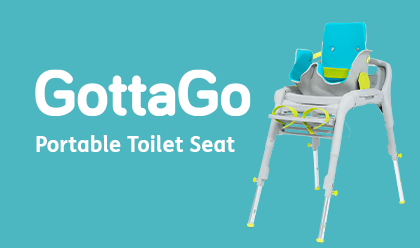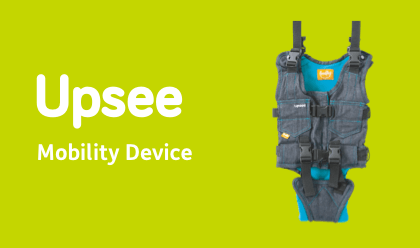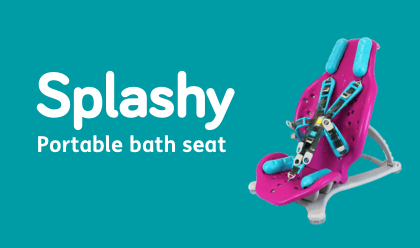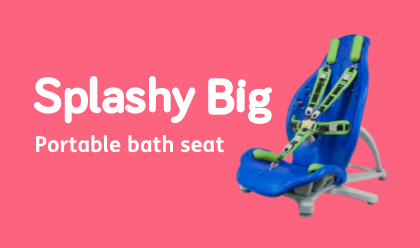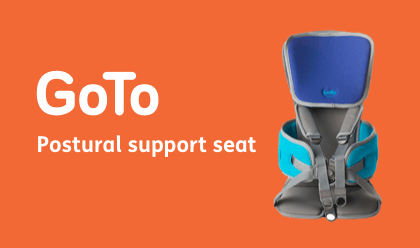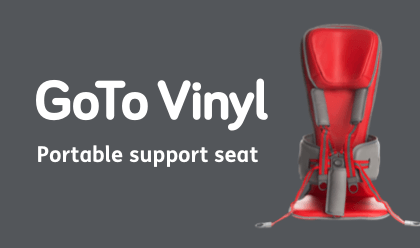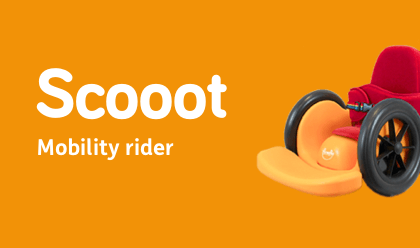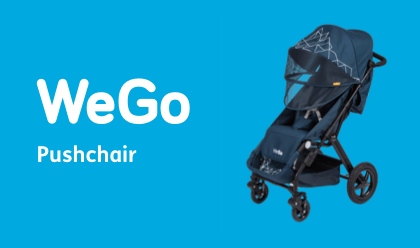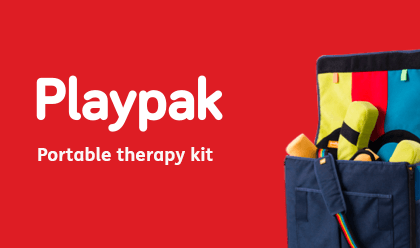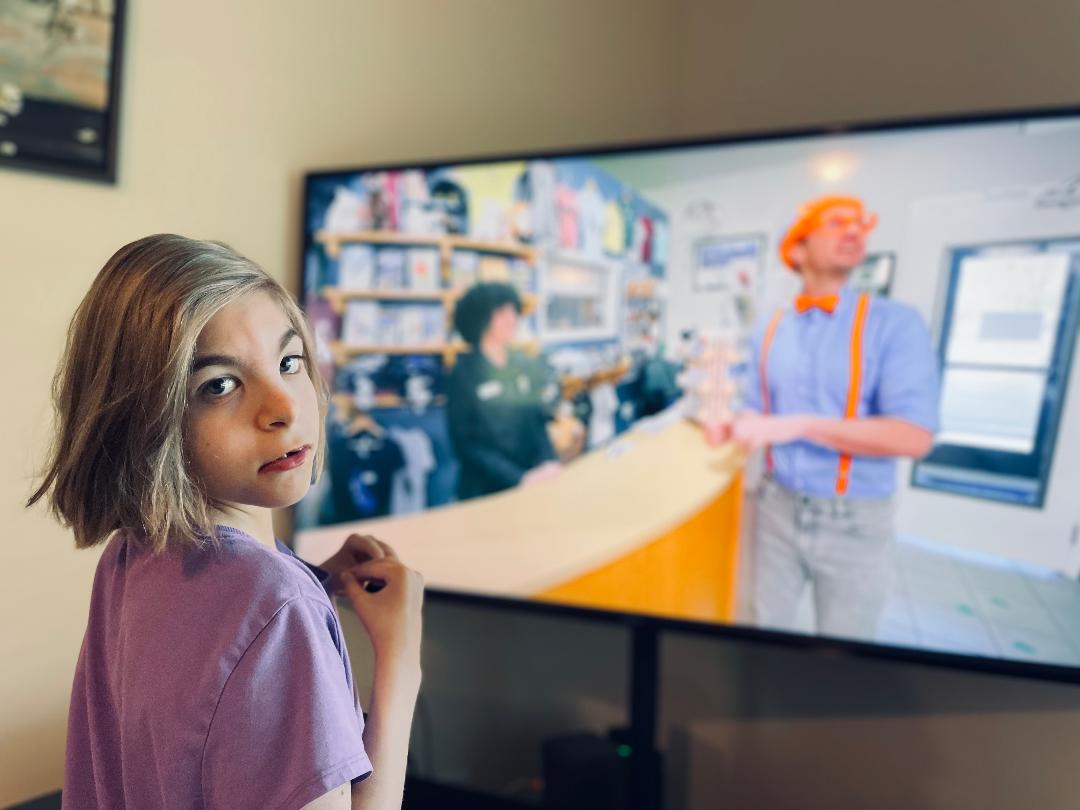1.2 Things You Need To Know About Playpak
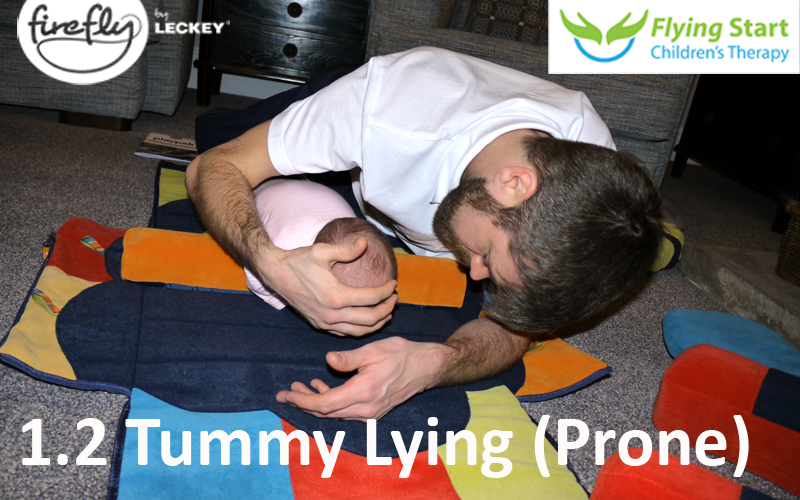
1.2 Tummy Lying (Prone)
I am sure your therapist will have gone on about the importance of tummy time play. We do tend to love it as it works on many aspects of development all at once!
When first home from the hospital you can play with baby of your chest or on superman position in your arms to develop tolerance of being on their tummy.
When ready to go down onto the floor there are tricks we have to help make it easier and more tolerable.
Initially, babies are quite flexed, which means when you place a baby on their tummy most of their weight will go through their chest. Helping them to straighten the legs behind will move the centre of gravity lower toward their pelvis.
Placing a roll under the chest will move the centre of gravity lower still so that it is easier for them to lift their head and place their arms on the floor in front of themselves.
Some babies don't like being placed straight on their tummies. If this is the case then try to get there through side lying.
Roll baby slowly from back to front with help to move the lower arms and this may be less of a shock to them than suddenly finding themselves face down on the play mat!
Tummy time can help with developing head control and it will develop the skills essential for progressing to crawling position by taking weight first through the forearms, and then through straight arms.
It will teach a child weight transfer, putting all their weight through one arm to allow them to release the other to play with objects – think weight transfer over shoulders when crawling.
In some instances we actually advise against tummy time, so if you have any concerns or have previously been advised not to do tummy time please consult with your therapist.
Common Difficulties:
Tummy lying (prone) can be a hard position for a child to develop. Not being able to lift their head or push through the arms often makes tolerating the position difficult.
If a child’s preferred pattern of movement is straightening all the time (over-extending), placing them in prone can actually reinforce that – if your child does this, it will be worth seeking advice from your therapist to discuss the best way to do tummy time.
Floppy (low toned) children will struggle to lift their head and push through their arms for support. Not being able to push their legs out behind themselves will make it difficult to move their centre of gravity from their chest (where it starts as a baby), towards their tummy as they push up and lift their head.
Solutions:
Placing chest over a roll will help to bring the forearms down to the floor. If you assist with keeping the arms tucked under it will encourage baby to push through them.
If still unable to lift head you can assist with hand on top of their head gently easing up to say hello. A strap over the pelvis with a child who is still quite flexed in the lower limbs will help stabilise it so baby can concentrate on lifting their head.
Tolerance of tummy time is often limited. Increase it with toys and objects that the child is interested in. I find beads and mirrors excellent at distracting. If your child does not like tummy time try to persevere. Seconds at a time can be a success initially and remember they will build to minutes. If you are really struggling with tummy time it would be worth asking your therapist for advice as more support may be needed.
Aims:
Initially we want baby to move their weight from the chest down to their abdomen so giving support both under the shoulders and over the pelvis to help baby learn to lift and turn head.
Placing weight firstly through forearms and then pushing up to straight arms.
As they improve in this they will progress to moving weight over one arm at a time to play with the other. All these early skills link - once again think baby learning to prop in sitting and crawling.
Read on to learn more about the next of the 3 essential early positions - side lying.
Part 1 Webinar!
Nick talked us through his early intervention tutorials live over a series of webinars in March and April 2016.
Part 1: Starting strong in 3 essential early positions is available below.
